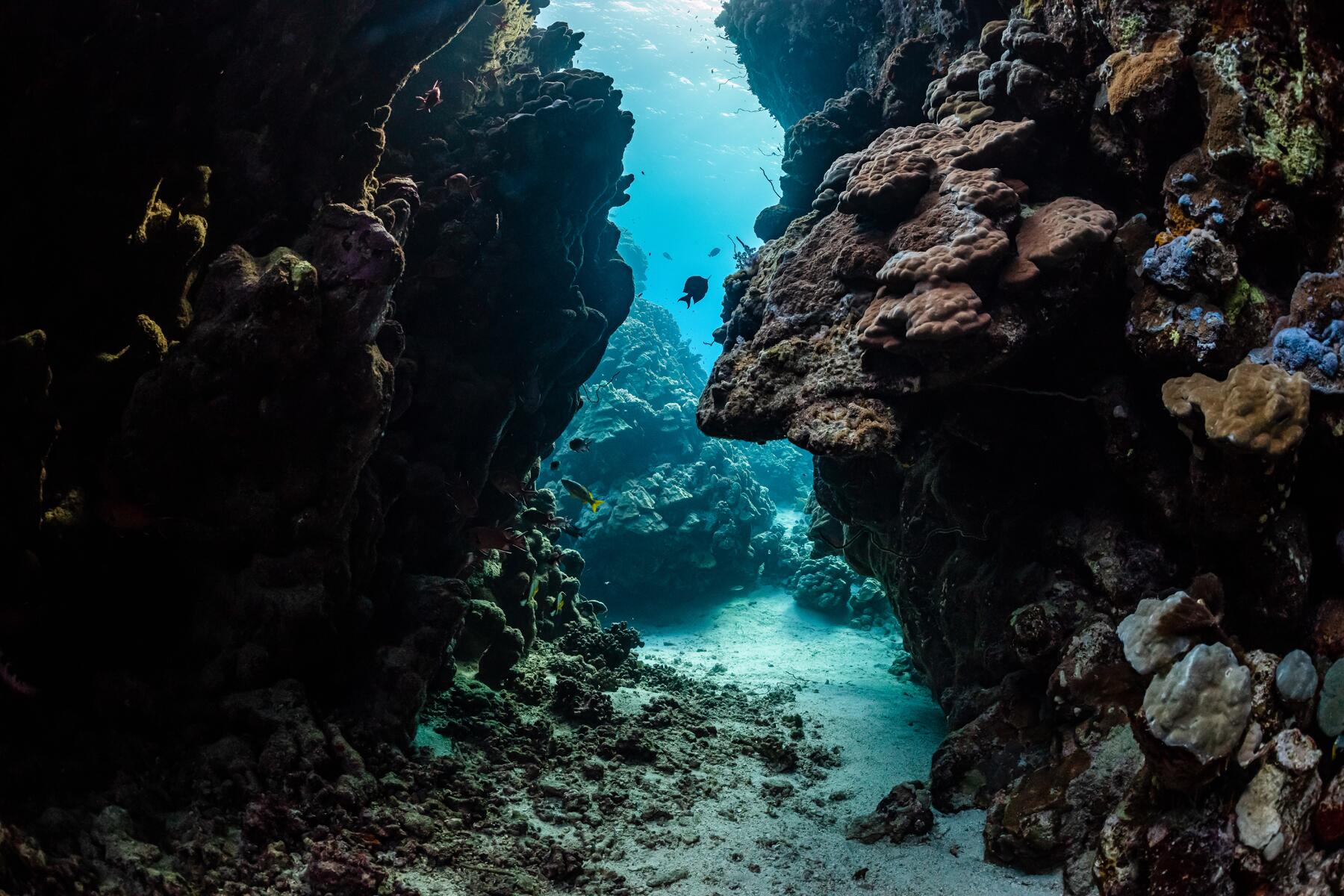Perhaps the most intriguing thing about Greenland sharks is their incredible lifespan. These creatures can live as long as 400 years—maybe longer! Scientists were able to determine this several years ago by dating proteins from the sharks’ eyes but what they don’t know for sure is how they’re able to live as long as they do. It’s possible that they owe their long-lived nature to their hearts, which beat much more slowly than a human heart. It might also have to do with their immune system which has qualities that are unique to centuries’ old Greenland sharks.
Another mystery surrounding the Greenland shark? Where they’re hanging out. You’d think that based on their name they’d be solely found in frigid, arctic waters when, in actuality, it’s very possible that Greenland sharks live just about anywhere on the planet, but because humans rarely dive deep enough to run into them it’s extremely difficult to confirm beyond the occasional rare sighting.




